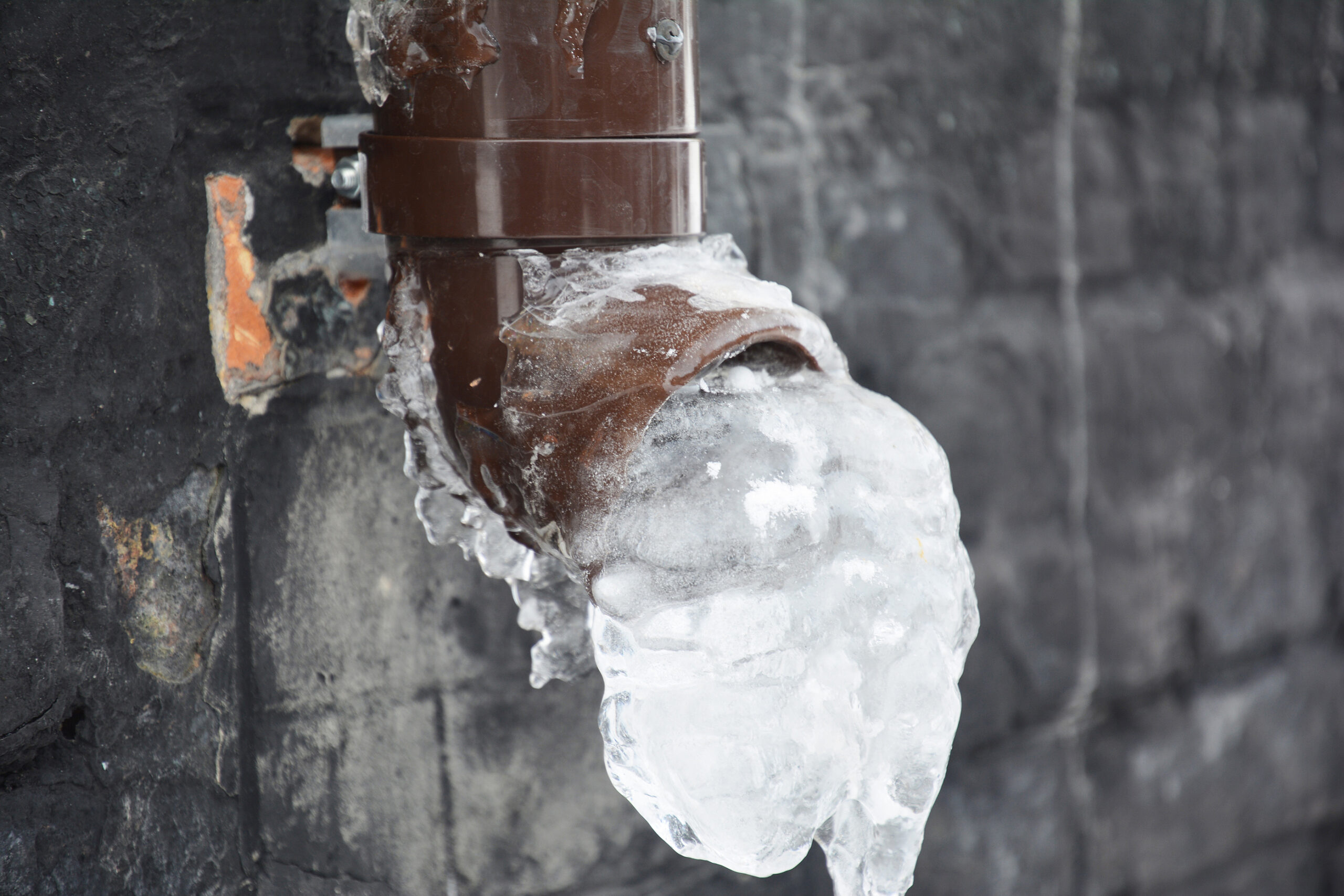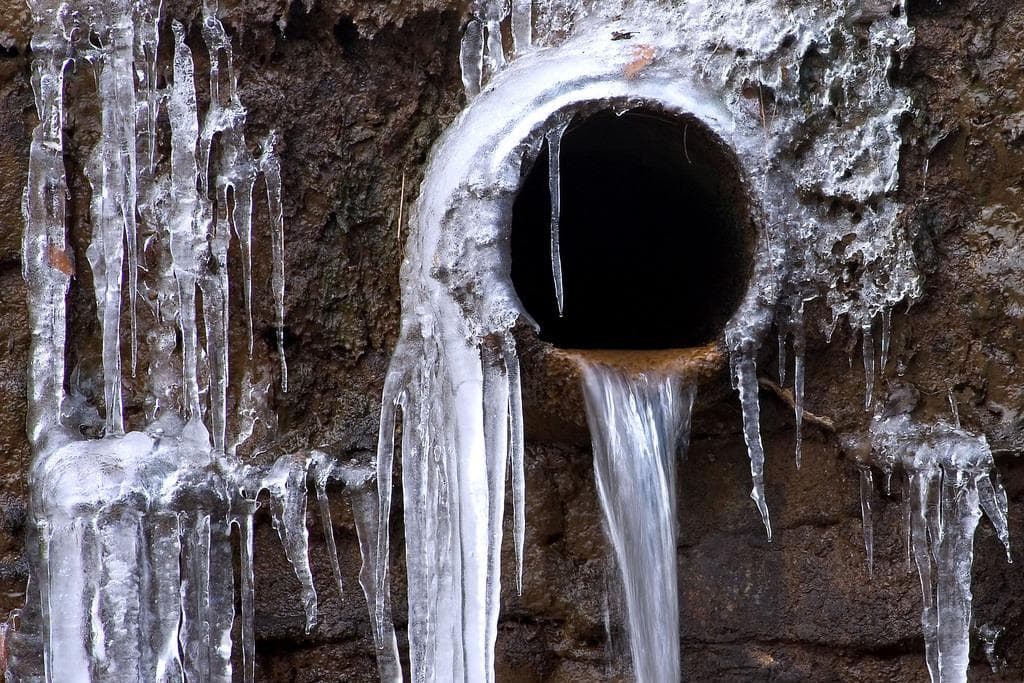Were you trying to find insight around How to Prevent Your Pipes From Freezing?

Winter can wreak havoc on your pipes, particularly by freezing pipes. Below's exactly how to avoid it from happening and what to do if it does.
Intro
As temperatures decline, the danger of frozen pipelines increases, potentially leading to pricey repairs and water damages. Recognizing exactly how to avoid frozen pipelines is critical for homeowners in cool climates.
Avoidance Tips
Insulating at risk pipelines
Wrap pipes in insulation sleeves or utilize warm tape to shield them from freezing temperatures. Concentrate on pipelines in unheated or external locations of the home.
Home heating techniques
Keep indoor spaces effectively heated, especially locations with plumbing. Open up closet doors to enable warm air to distribute around pipes under sinks.
Just how to determine frozen pipelines
Search for lowered water flow from taps, uncommon smells or noises from pipes, and noticeable frost on exposed pipelines.
Long-Term Solutions
Architectural adjustments
Consider rerouting pipelines far from exterior walls or unheated areas. Include additional insulation to attics, cellars, and crawl spaces.
Updating insulation
Purchase top quality insulation for pipes, attics, and walls. Correct insulation aids maintain regular temperatures and lowers the danger of icy pipes.
Protecting Outside Plumbing
Yard pipes and outside taps
Separate and drain yard hoses before winter. Mount frost-proof spigots or cover outside taps with insulated caps.
Recognizing Icy Pipelines
What triggers pipelines to freeze?
Pipes ice up when revealed to temperatures listed below 32 ° F (0 ° C) for prolonged periods. As water inside the pipes freezes, it expands, putting pressure on the pipe walls and potentially creating them to burst.
Threats and damages
Frozen pipes can cause water system interruptions, home damages, and costly repair work. Burst pipes can flood homes and trigger substantial architectural damage.
Indications of Frozen Pipes
Determining icy pipes early can stop them from bursting.
What to Do If Your Pipelines Freeze
Immediate actions to take
If you believe frozen pipelines, keep taps open up to alleviate pressure as the ice melts. Make use of a hairdryer or towels soaked in hot water to thaw pipes slowly.
Final thought
Avoiding frozen pipes needs aggressive measures and fast feedbacks. By understanding the causes, indicators, and safety nets, home owners can protect their plumbing throughout cold weather.
5 Ways to Prevent Frozen Pipes
Drain Outdoor Faucets and Disconnect Hoses
First, close the shut-off valve that controls the flow of water in the pipe to your outdoor faucet. Then, head outside to disconnect and drain your hose and open the outdoor faucet to allow the water to completely drain out of the line. Turn off the faucet when done. Finally, head back to the shut-off valve and drain the remaining water inside the pipe into a bucket or container. Additionally, if you have a home irrigation system, you should consider hiring an expert to clear the system of water each year.
Insulate Pipes
One of the best and most cost-effective methods for preventing frozen water pipes is to wrap your pipes with insulation. This is especially important for areas in your home that aren’t exposed to heat, such as an attic. We suggest using foam sleeves, which can typically be found at your local hardware store.
Keep Heat Running at 65
Your pipes are located inside your walls, and the temperature there is much colder than the rest of the house. To prevent your pipes from freezing, The Insurance Information Institute suggests that you keep your home heated to at least 65 degrees, even when traveling. You may want to invest in smart devices that can keep an eye on the temperature in your home while you’re away.
Leave Water Dripping
Moving water — even a small trickle — can prevent ice from forming inside your pipes. When freezing temps are imminent, start a drip of water from all faucets that serve exposed pipes. Leaving a few faucets running will also help relieve pressure inside the pipes and help prevent a rupture if the water inside freezes.
Open Cupboard Doors
Warm your kitchen and bathroom pipes by opening cupboards and vanities. You should also leave your interior doors ajar to help warm air circulate evenly throughout your home.

I hope you enjoyed our piece on Winter Plumbing Precautions: Preventing Frozen Pipes. Thanks a ton for taking time to browse our piece. Are you aware of anybody else who is fascinated with Preventing and dealing with frozen pipes? Feel free to promote it. Thank you for taking the time to read it.
Click Here